
by Maile Bowles | Feb 14, 2018 | Antarctica, Maile
Antarctica is beautiful. Every day, the maids would put my stuffed animals in a cute fashion on my bed. Also, we won the flag that was sailing above our boat. We got as many of the staff members that we could to sign it. We also saw MILLIONS of penguins. My favorite was the chinstrap.
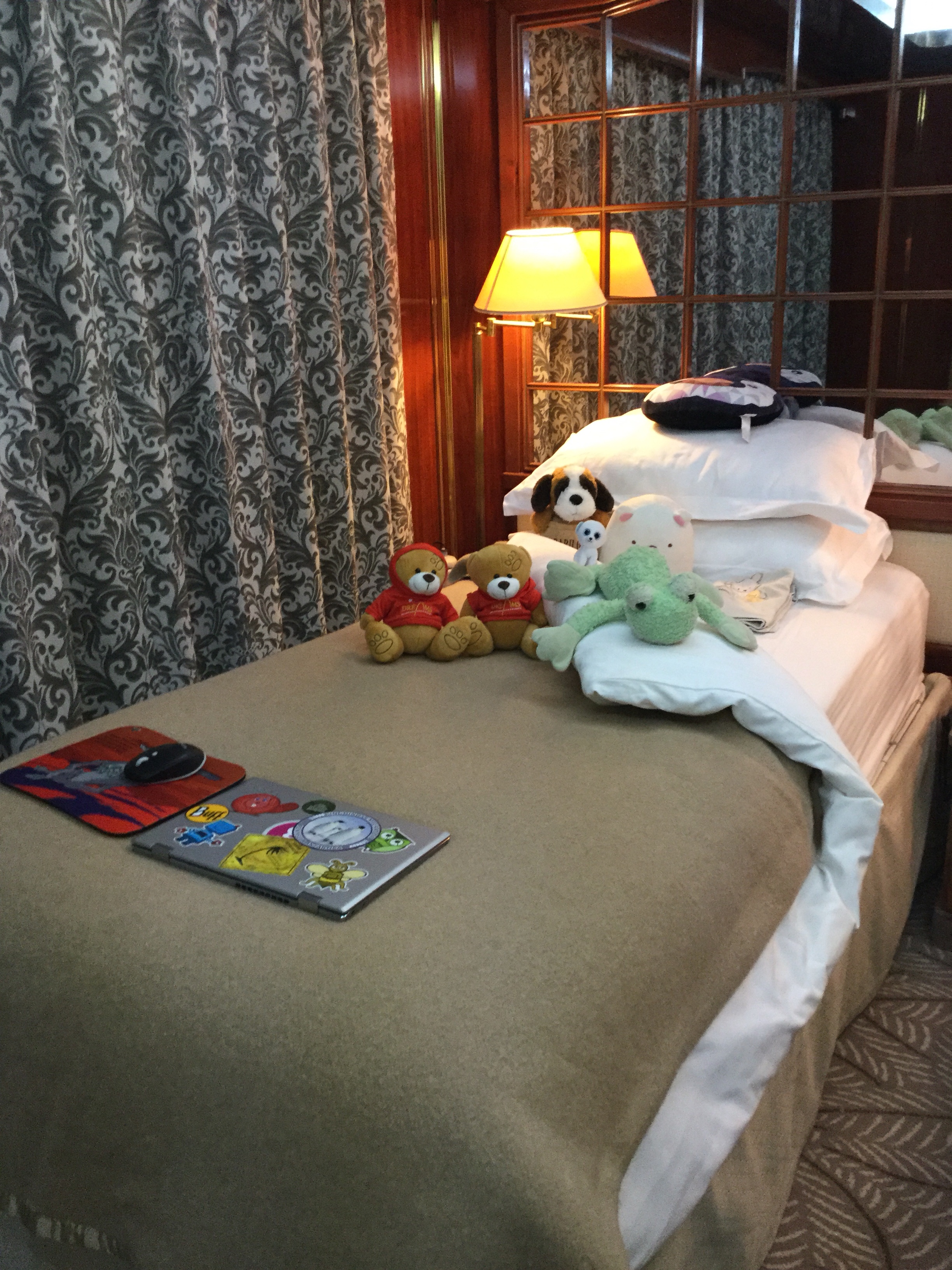
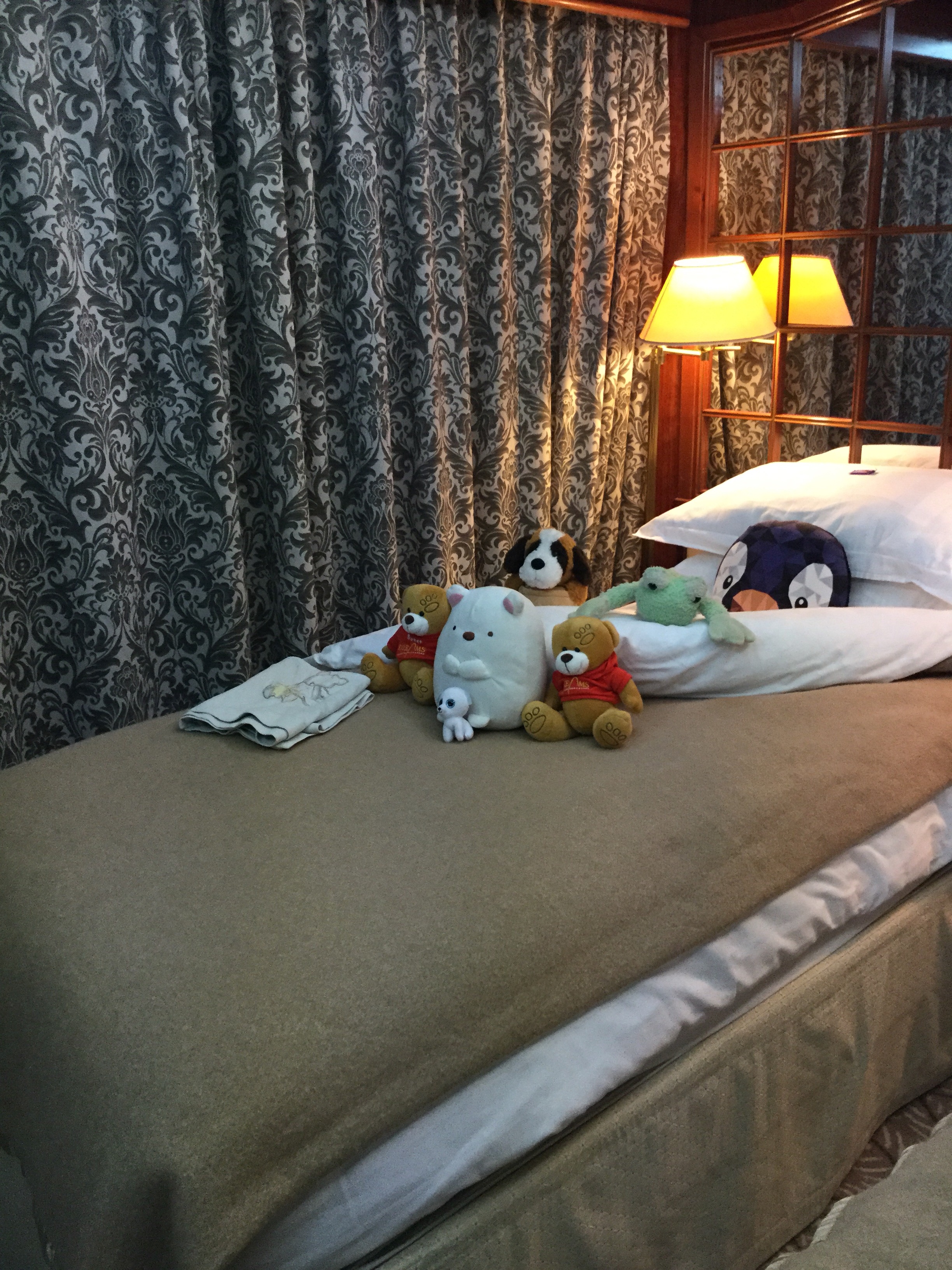
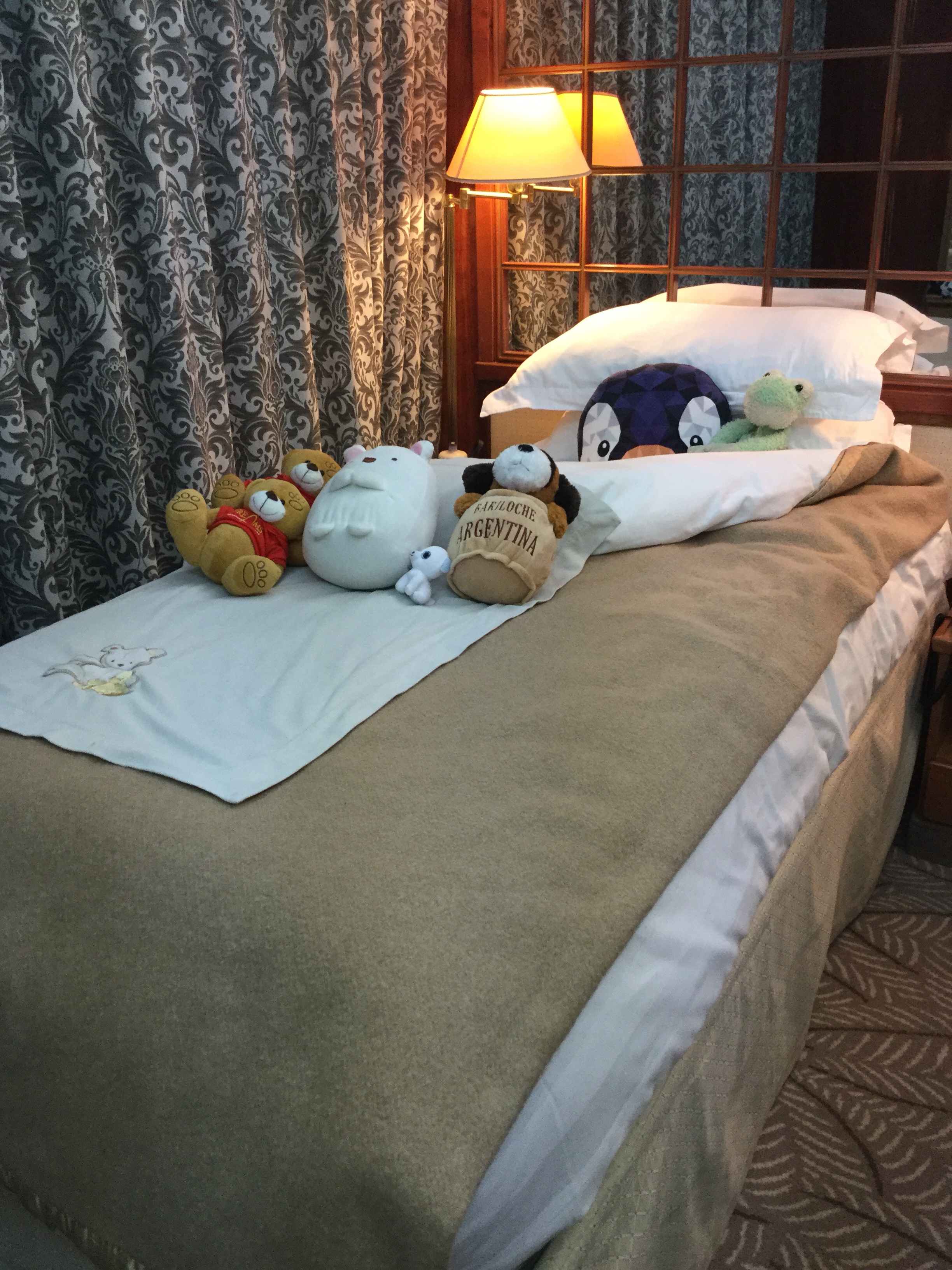
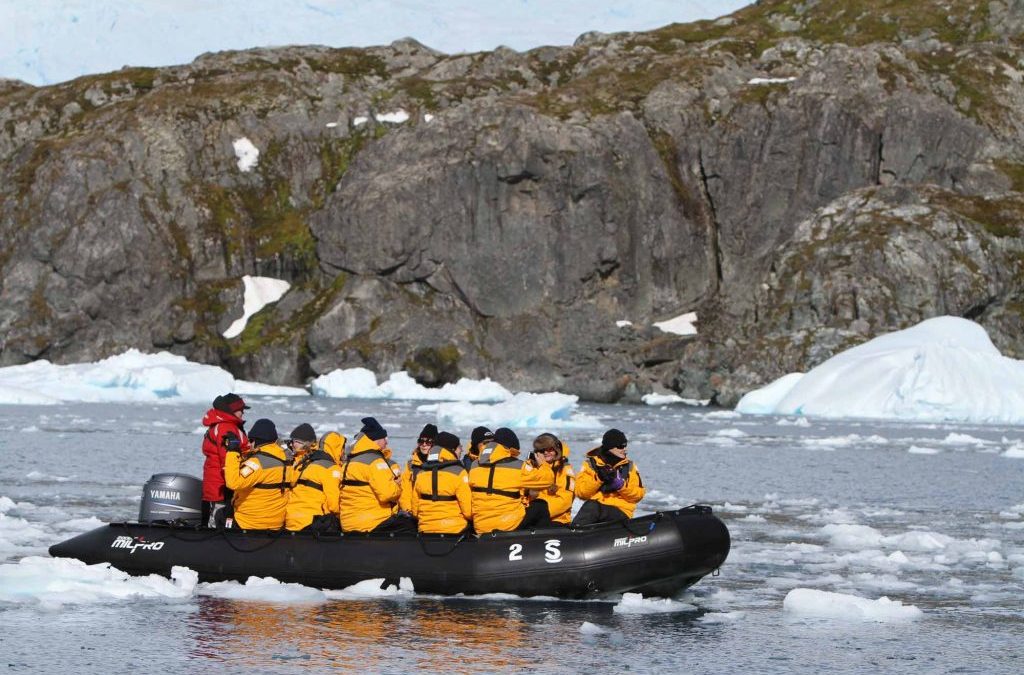
by Alex Bowles | Feb 14, 2018 | Alex, Antarctica
Antarctica was amazing! We arrived in Antarctica at King George Island on a plane painted to look like a Gentoo Penguin. We walked the two kilometers to the beach, so we could board a zodiac. The zodiac then took us to our home for the next five days, The Island Sky. When we arrived, we went to our room and had an abandon ship drill. During the drill when we were outside we saw Gentoo Penguins doing a maneuver where they swam then jump out of the water go into the water and then repeat. After that, we had dinner and went to sleep.
On the second day, we boarded a boat to take us to a small island. When we arrived, we saw an Antarctic Fur Seal swimming in the bay. On the beach, we could see an old boat used in whaling time with whale bones around it, with 4 Gentoo Penguins inside. From there we hike up a ridge to look at Antarctic Fur Seals. When we got closer we saw more Gentoo’s on a rock, that had many fur seals surrounding them. Then on the beach, we saw two Weddell seals. They were about ten feet long and the entire time I watched them I could only see them scratch their stomach with their flippers. After that, we hiked back up the ridge and down the other side. From there we could see Kelp gulls flying around with massive Brown Skua’s. Then on the beach, we saw a Southern Elephant seal flop it’s way to the water’s edge and then stop. Near a red shack, we saw hundreds of Gentoo penguins waddling around and I smelled my first smell in Antarctica, guano. After an hour we went to the zodiac and headed back to the Island Sky. On the way back, in the distance, we saw a Humpback whale.

For the second excursion of the day, we did a cruise on a zodiac through an ice flow. The small pieces of ice came from when the nearby glacier calved or when the icebergs melted, and a chunk fell off. When we started we went into the ice floe and it felt like driving on a bumpy and slippery road at the same time with the sound of crushing ice. After we made it into the ice floe we came upon a small flat iceberg with a leopard seal lying down on its side. We watched it for a few minutes then went to another area of the floe and saw another leopard seals. We watched that one for a few minutes the went to see another part of the floe and guess what? We saw another leopard seal with a crabeater seal. The crabeater seal doesn’t eat crabs but instead eats krill. Our guide told us that she has never seen three leopard seals in half an hour. What happened next didn’t surprise us. We went to another area and saw another leopard seal that entered the water shortly. At the days’ recap, we were told that we saw every type of seal in Antarctica except one, the Ross seal, that is very rare.

The next morning when my mom was looking out her window she saw a hump come out of the water. I came over to investigate and it turned out that those humps were the fins of two Antarctic Minke Whales. After that, we boarded a zodiac to go to mainland Antarctica. On the way, we saw a glacier calve and it wasn’t small. The guides who come here often said that it was a big calve. We then hike up a big ridge and, on the way, up we saw some Gentoo’s molting, growing new feathers, with a lone Chinstrap Penguin in the group. After that, I hiked the rest of the way up and spent most of the time on mainland Antarctica watching the glacier calve. We then went back to the Island Sky to prepare ourselves for the polar plunge. After my Dad and I changed into our swimming suits we walked outside onto the deck and stood in the line. The anxiety was killing me. I watched as person after person jumped into the water and came up saying it was cold. By the time it was my turn to jump I was shaking. I then accumulated just enough courage to jump into the water. The water was two degrees Celsius and was not enjoyable. It was so cold I pulled my self out of the water as soon as I could. As soon as I got out of the water I could tell that the air was warmer than the water.
We had lunch with probably the coolest person I know personally, Ed Webster. Ed was born in Boston but was raised in Lexington. When he was eleven his mom saw him climbing trees in the backyard. She went to the library and borrowed a book to teach him how to climb. He is a climber that has done many first ascends in Utah and around the world, including a new route up Mt. Everest’s dangerous East Face.
During lunch, we were informed that there were orcas near the boat. Even though it was still lunch I ran outside to see the orcas. Upon closer inspection on the orcas, they turned out to be Class B large. These are the type of orcas that make a wave to push seals off ice floes.
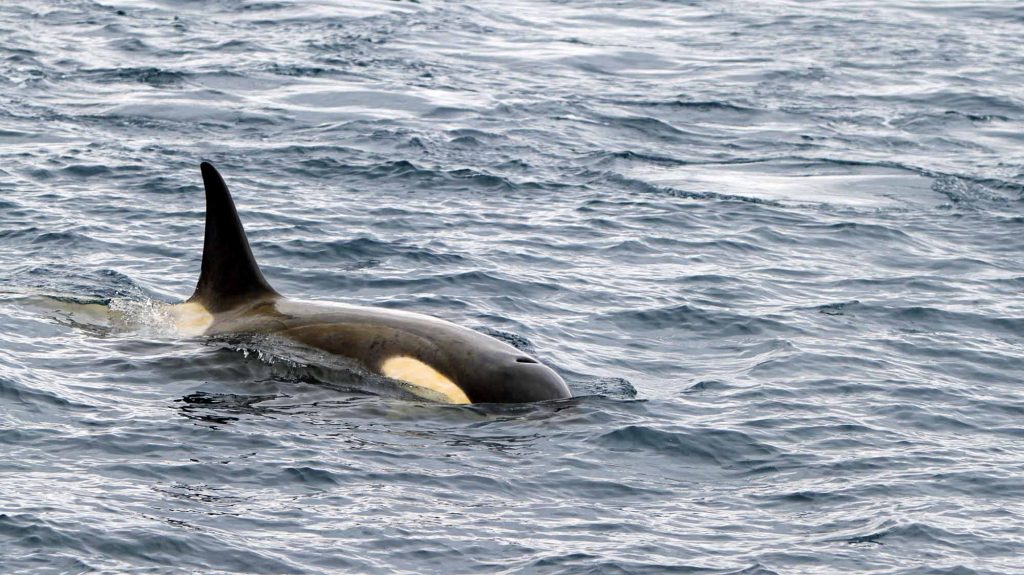 For the second excursion on the second day, we went to the largest colony of Gentoo Penguins in the region. We got there and saw thousands of penguins. My dad didn’t do the excursion with us because he went stand up paddleboarding. On the beach, we walked to the right and saw that the penguin colony extended 30 meters up the hill. You could easily see where the penguins would “commute to work” each day. You would see a pile of snow about a foot deep but where the penguins walked there was snow. After watching penguins got down to the ocean I watched one swim. They look like they are flying underwater, flapping their wings to propel them forward. On the way back to the boat our guide spotted two humpback whales near the paddle boarders. We went over there, saw the humpbacks a couple more times before one of them it fluked, and it was gone. On the way back to the boat we saw a leopard seal on a rock and I spotted two humpback whales. We went over there and watched them for a few minutes before they too left. On the way back, we saw another leopard seal. That night Ed gave the lecture “Everest, the really had way.”
For the second excursion on the second day, we went to the largest colony of Gentoo Penguins in the region. We got there and saw thousands of penguins. My dad didn’t do the excursion with us because he went stand up paddleboarding. On the beach, we walked to the right and saw that the penguin colony extended 30 meters up the hill. You could easily see where the penguins would “commute to work” each day. You would see a pile of snow about a foot deep but where the penguins walked there was snow. After watching penguins got down to the ocean I watched one swim. They look like they are flying underwater, flapping their wings to propel them forward. On the way back to the boat our guide spotted two humpback whales near the paddle boarders. We went over there, saw the humpbacks a couple more times before one of them it fluked, and it was gone. On the way back to the boat we saw a leopard seal on a rock and I spotted two humpback whales. We went over there and watched them for a few minutes before they too left. On the way back, we saw another leopard seal. That night Ed gave the lecture “Everest, the really had way.”
The third day, we went to Deception Island. Deception Island is an active volcano that has erupted three notable times in the past 50 years. When we arrived, we saw very few Gentoo Penguins and many Antarctic Fur Seals. We were in Whalers cove where there was an old whaling company. We walked near the ruins of old whaling time boilers that would cook the whale, a penguin guano oven, and an old hanger. Until 2001, a twin otter (the type of plane normally used in Antarctica) was inside the hanger. The British caught wind of an American collector that was going to buy the plane from the Argentine’s. The British then quickly took the plane to a museum in London. On the way back to the Zodiac, we went to the graveyard for people that died on Deception Island. There were 32 graves, but the most recent eruption melted the ice and created a landslide that took most of the graves away. There are now only two graves and only one of them has a name. When we made it to the boat, we stuck our fingers in the sand at the waters’ edge. The sand felt warm, and if you put your finger in an inch, it would burn. It was warm due to the same volcanic activity that made the warm gas come out from the ground. After that, we went back to the Island Sky.
For our final landing, we went to a Gentoo and Chinstrap penguin colony. When we arrived, we saw a couple cow elephant seals laying down. We then walked a little way up and saw two chinstrap penguins. We then walked up a small ridge and saw hundreds of dirty, small Chinstrap penguins chicks. It surprised me to see these many penguins choosing to stand in the mud and not the grass ten feet away. On our right, we saw Gentoo penguins with Snowy Sheatbills. We walked through a very muddy area to get to the path to go to the other beach. We got to the flat area of the path and saw that there were hundreds of penguins in the way of the path. So, we stopped there and watched the penguins in the small area we could wander in. The area progressively got smaller because the penguins would grab the poles that signify our boundaries and move them closer to us. Luckily the penguins weren’t very fast. I then looked at the pile of blubber that turned out to be many cow elephant seals. There was one penguin that tried to open the bag our guide had, but he was unsuccessful, so he decided to lay on the bag. After a couple minutes of watching the penguin on the bag, I turned back to the boat to go to the other beach.
When we arrived at the second beach, we saw a few Gentoo penguins. We then walked over to Ed who was talking about the fossils found in the area. He showed us some petrified wood and fossilized ferns that proved that Antarctica was once tropical. We then walked down the beach as Southern Giant Petrels, each one with a wingspan of seven feet, soared high above us. We then walked as far as we could on the beach and saw more Elephant seals. We walked behind a rock to see what people were looking at and saw a few cow elephant seals with a bull elephant seal. All of them were massive. We stared at them for a minute before we looked at the other elephant seals. In the group, there were a couple smaller females and a gigantic bull elephant seal. He was at least 18 feet long and probably weighed over 1100 pounds! The seals just laid there most of the time. Eventually, one of the females flopped her way closer to the sea. We saw more Gentoo penguins and two fur seals. We decided it was time to turn in and go back to the ship. This was our last excursion in Antarctica.
When we made it back to King George Island, we got off and saw two Gentoo and two Chinstrap penguins standing on the beach, biding us farewell. I wanted to see penguins and I wasn’t disappointed; I saw at least one Gentoo penguin every day. We then walked the two kilometers to the runway. We then waited a couple minutes for our plane, standing right near the runway that our penguin plane landed on. We then walked on the runway, talked to Ed, and then boarded the plane. Ed waved goodbye to me and I waved back. When I entered the plane, my eyes were watering up. I couldn’t tell if it was because I was leaving Antarctica, my favorite place to travel to, or I was staring into the cold, dry winds for too long.
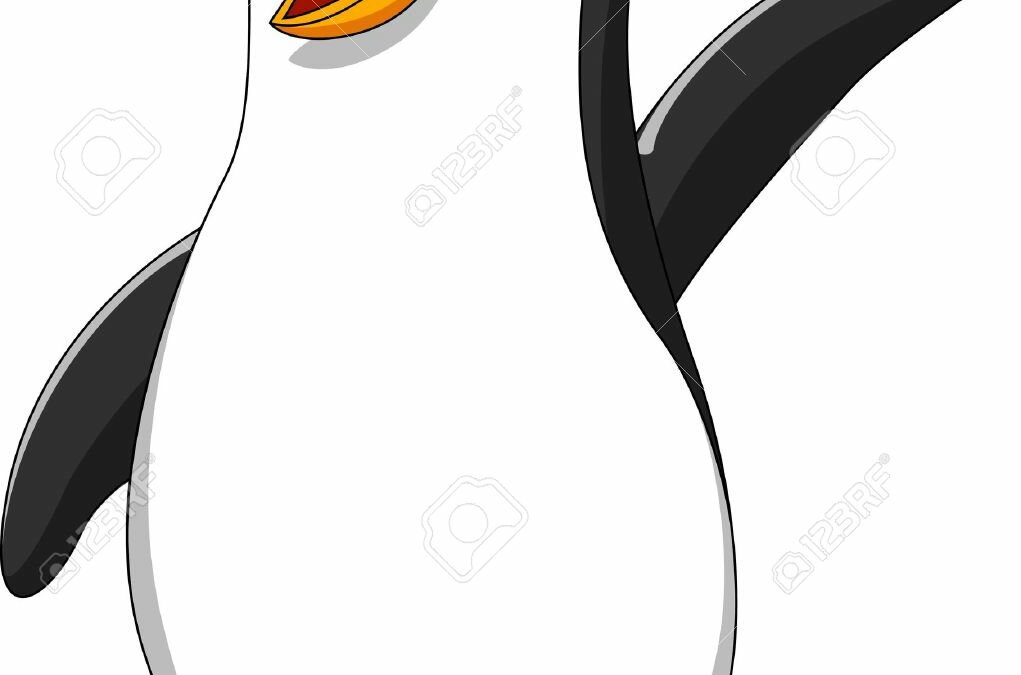
by Jason Bowles | Feb 9, 2018 | Antarctica, Jason
Leaving for Antarctica today!
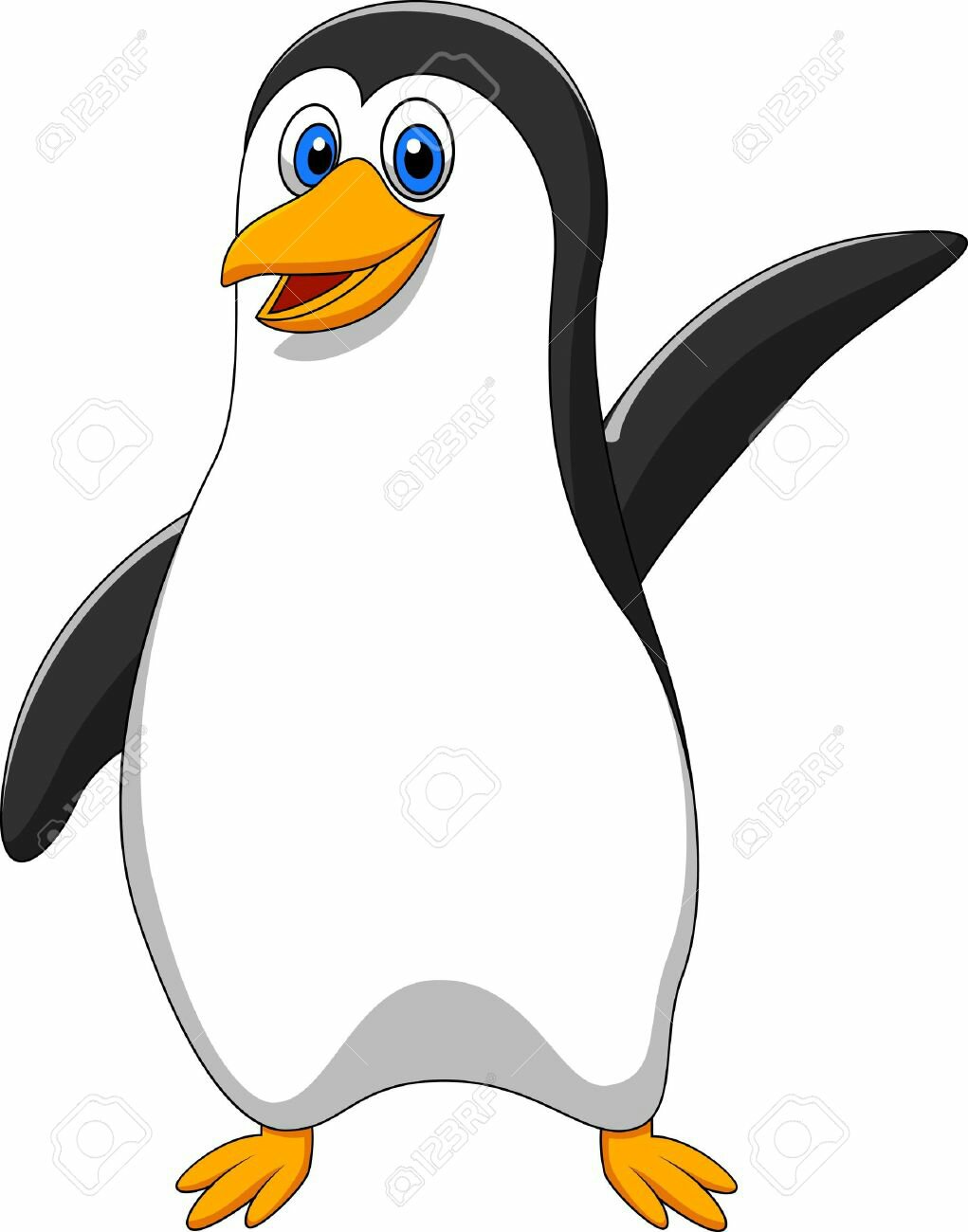








 For the second excursion on the second day, we went to the largest colony of Gentoo Penguins in the region. We got there and saw thousands of penguins. My dad didn’t do the excursion with us because he went stand up paddleboarding. On the beach, we walked to the right and saw that the penguin colony extended 30 meters up the hill. You could easily see where the penguins would “commute to work” each day. You would see a pile of snow about a foot deep but where the penguins walked there was snow. After watching penguins got down to the ocean I watched one swim. They look like they are flying underwater, flapping their wings to propel them forward. On the way back to the boat our guide spotted two humpback whales near the paddle boarders. We went over there, saw the humpbacks a couple more times before one of them it fluked, and it was gone. On the way back to the boat we saw a leopard seal on a rock and I spotted two humpback whales. We went over there and watched them for a few minutes before they too left. On the way back, we saw another leopard seal. That night Ed gave the lecture “Everest, the really had way.”
For the second excursion on the second day, we went to the largest colony of Gentoo Penguins in the region. We got there and saw thousands of penguins. My dad didn’t do the excursion with us because he went stand up paddleboarding. On the beach, we walked to the right and saw that the penguin colony extended 30 meters up the hill. You could easily see where the penguins would “commute to work” each day. You would see a pile of snow about a foot deep but where the penguins walked there was snow. After watching penguins got down to the ocean I watched one swim. They look like they are flying underwater, flapping their wings to propel them forward. On the way back to the boat our guide spotted two humpback whales near the paddle boarders. We went over there, saw the humpbacks a couple more times before one of them it fluked, and it was gone. On the way back to the boat we saw a leopard seal on a rock and I spotted two humpback whales. We went over there and watched them for a few minutes before they too left. On the way back, we saw another leopard seal. That night Ed gave the lecture “Everest, the really had way.”
